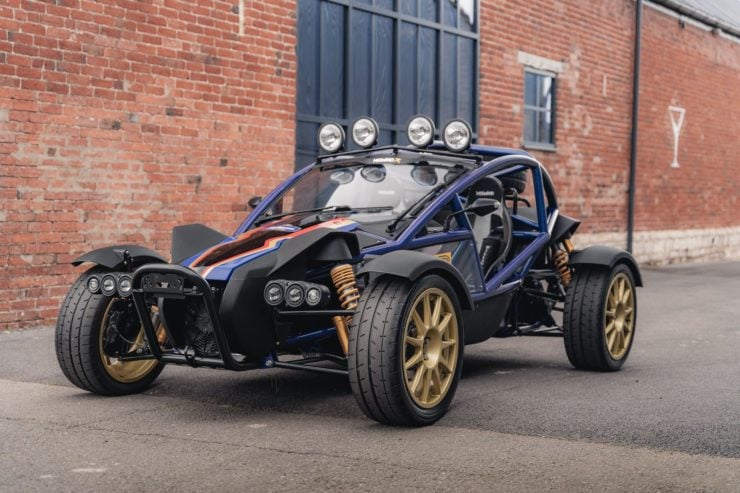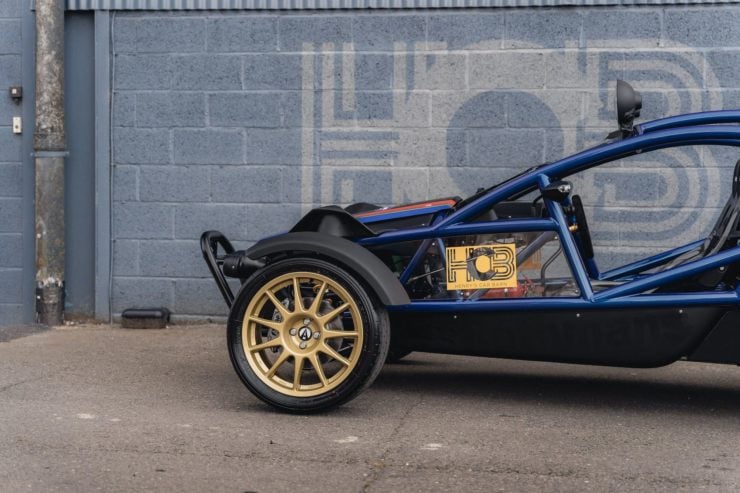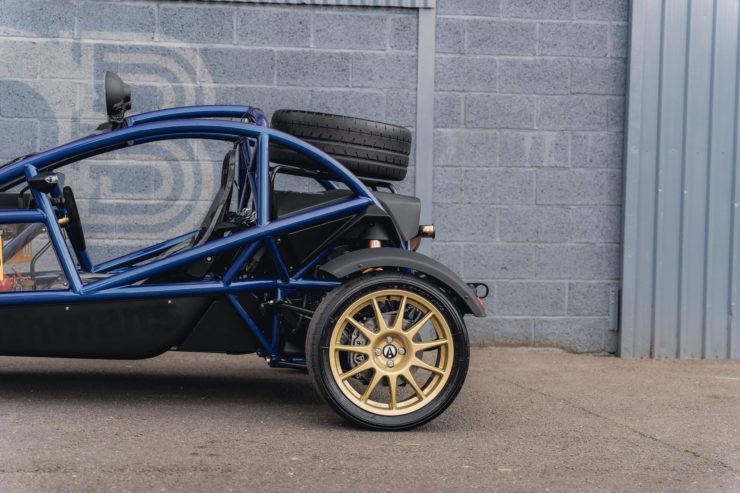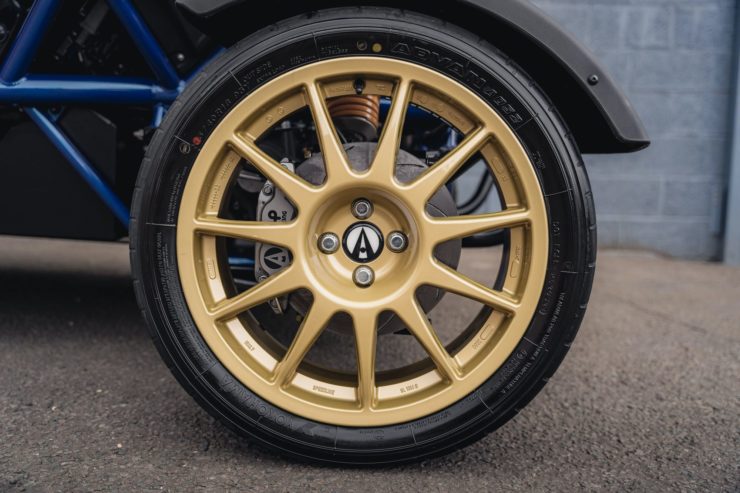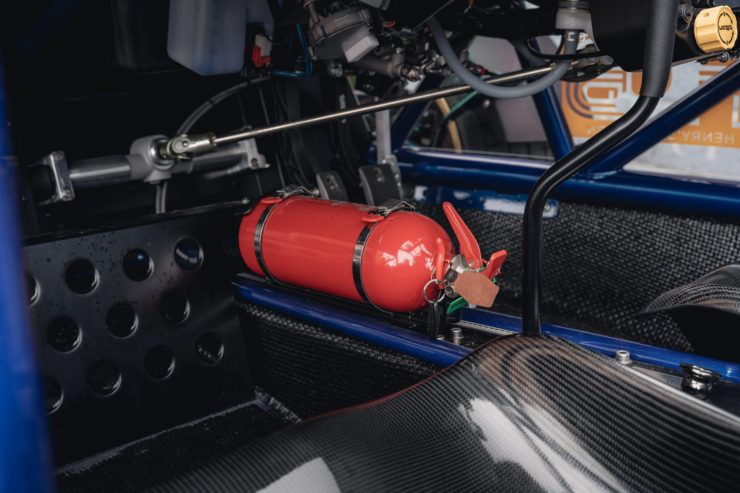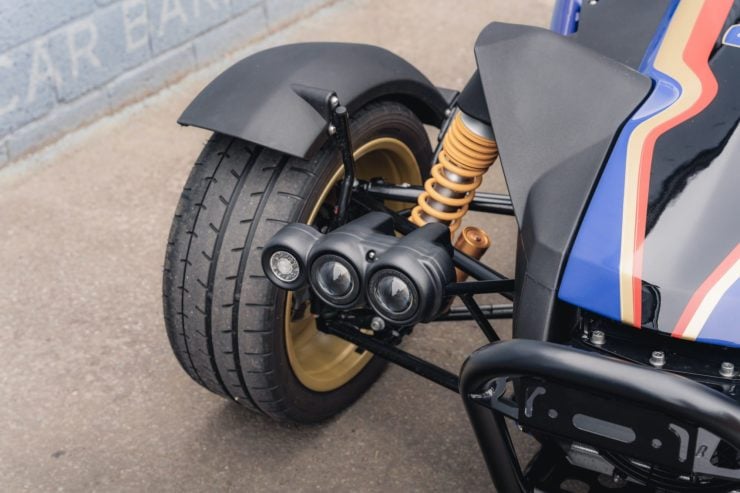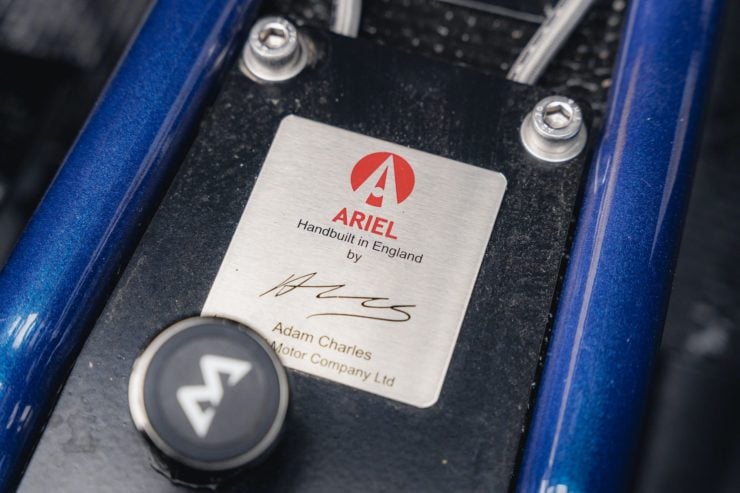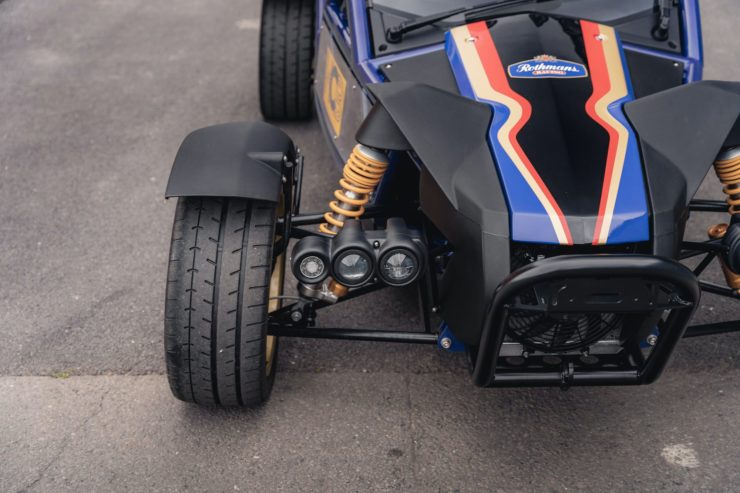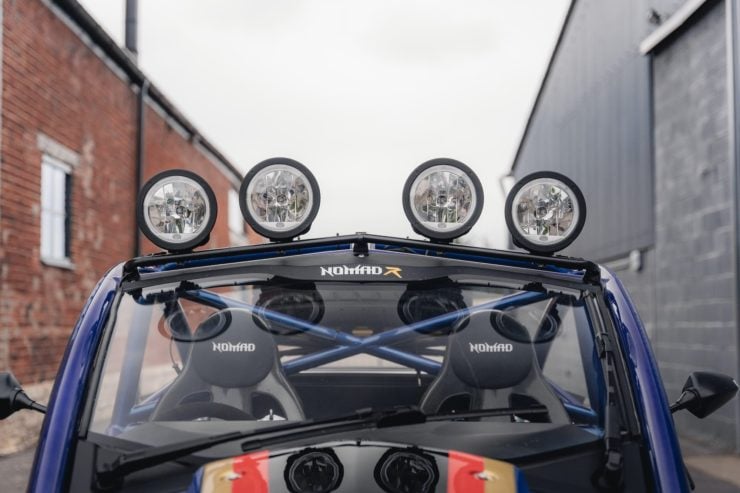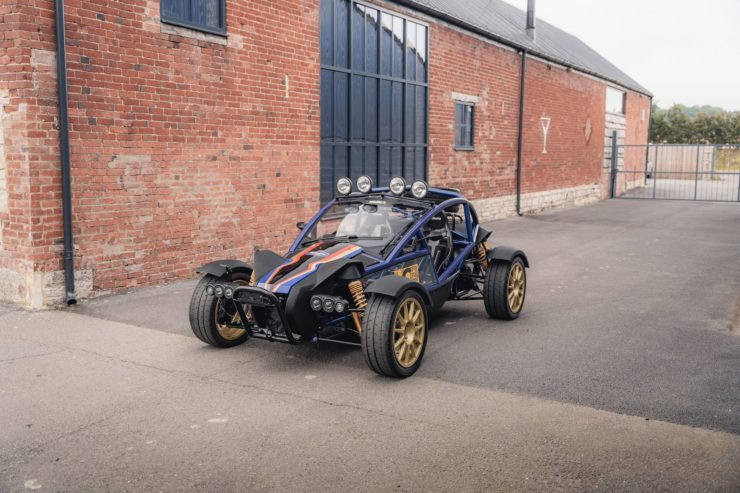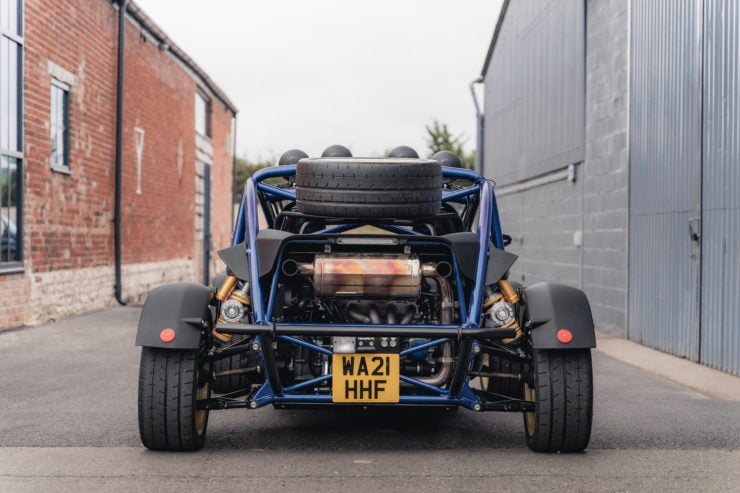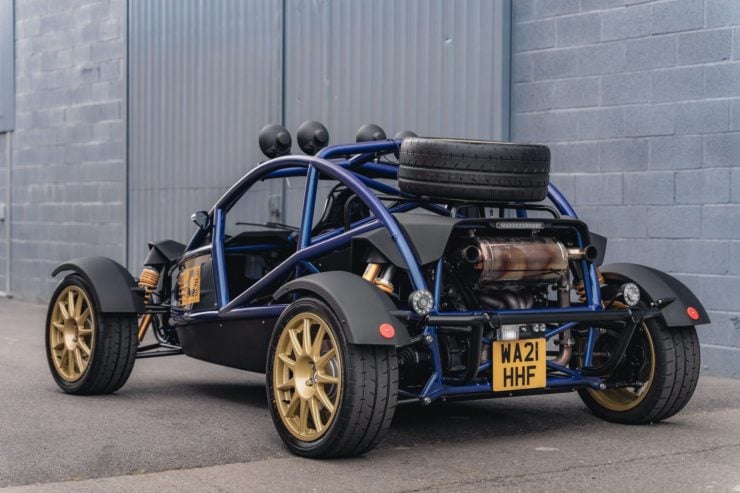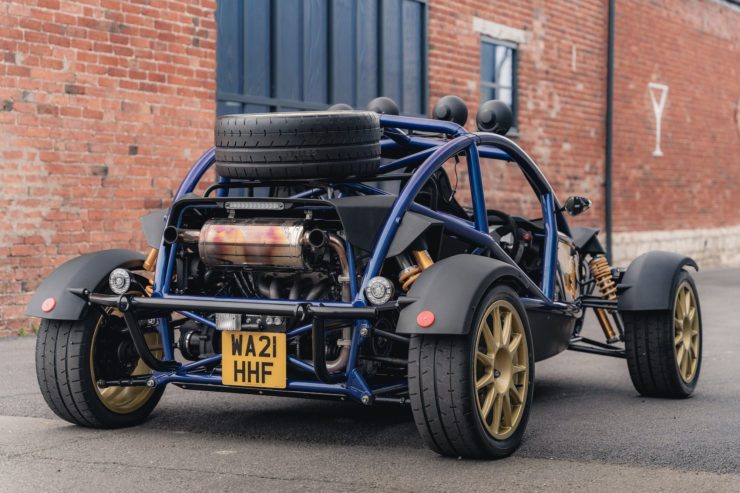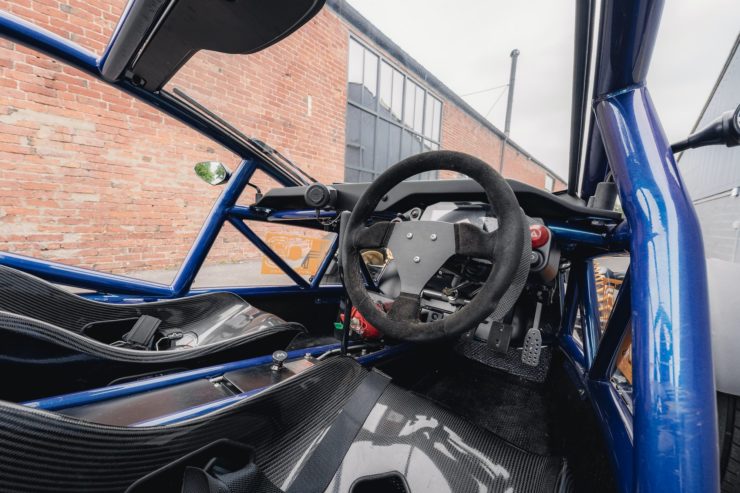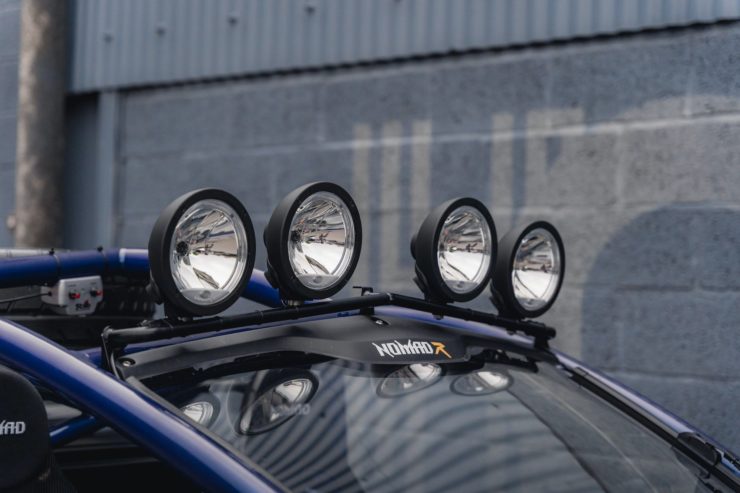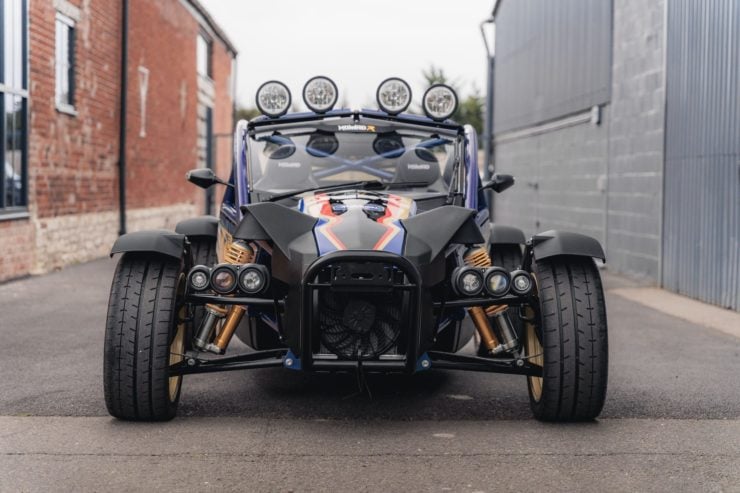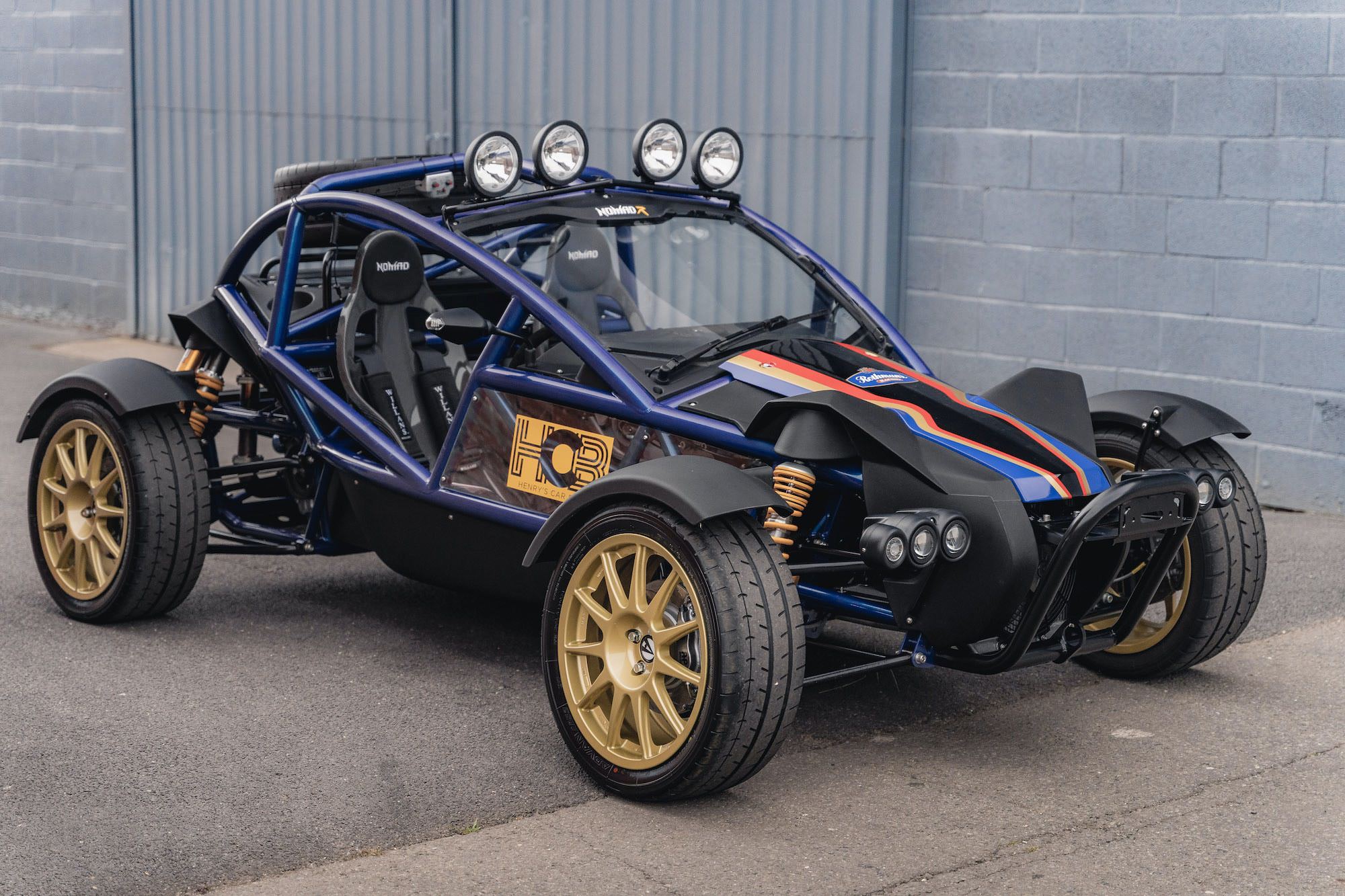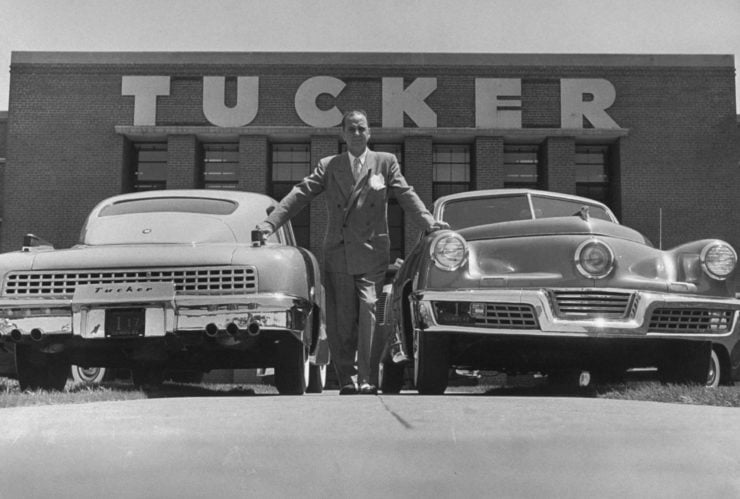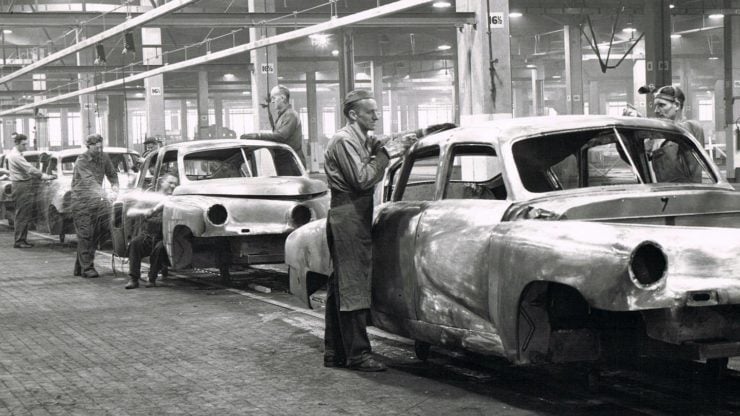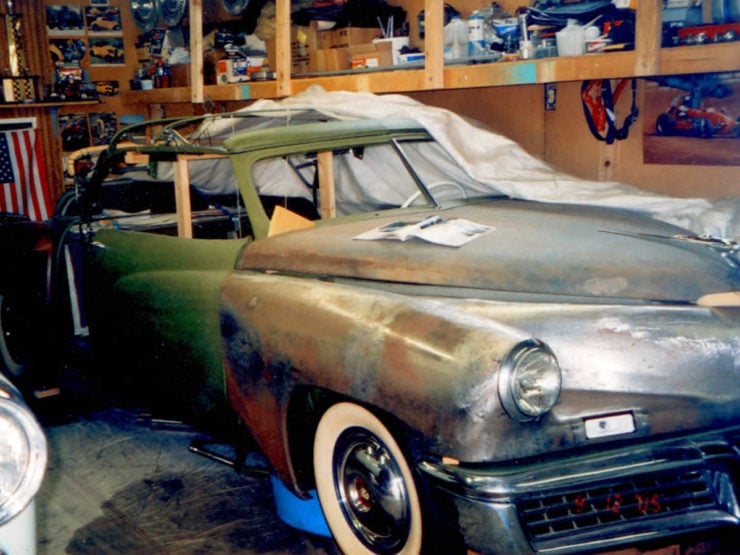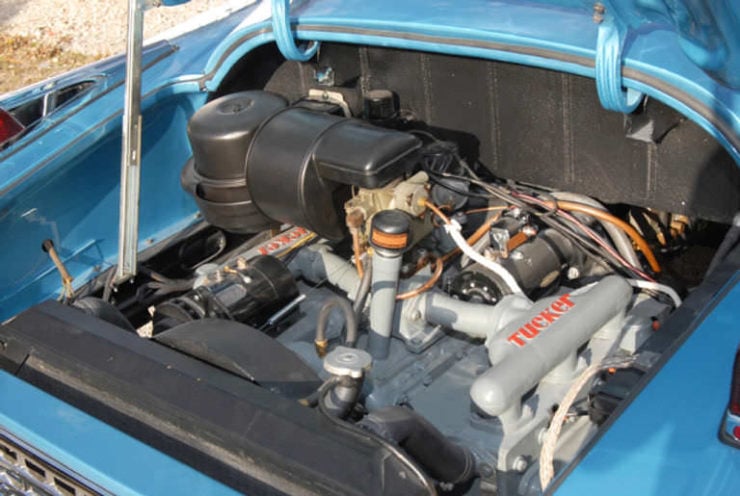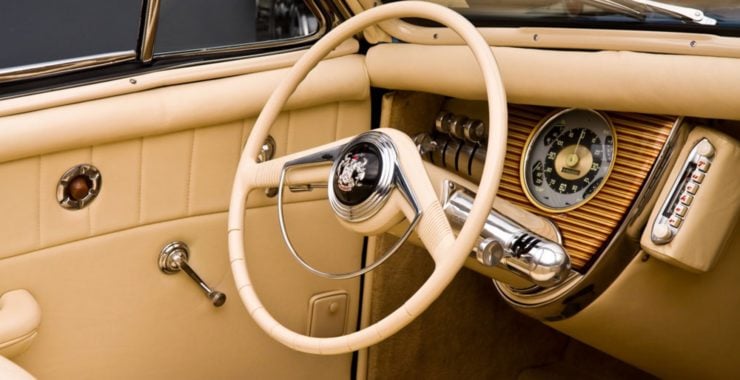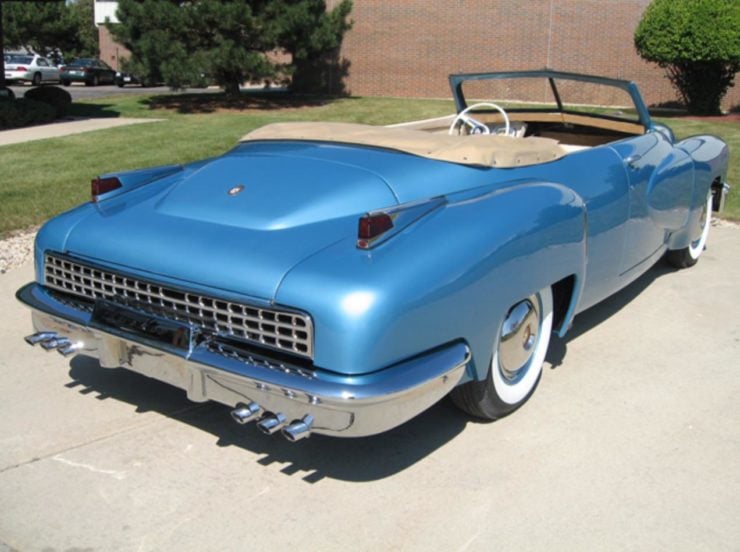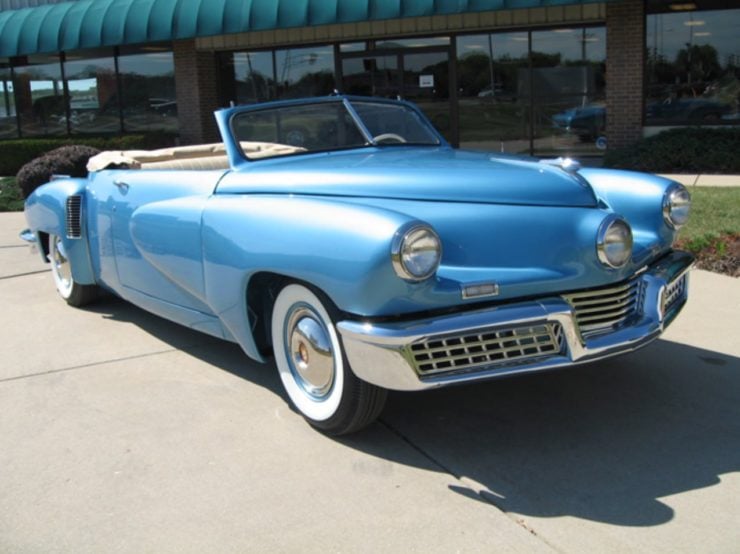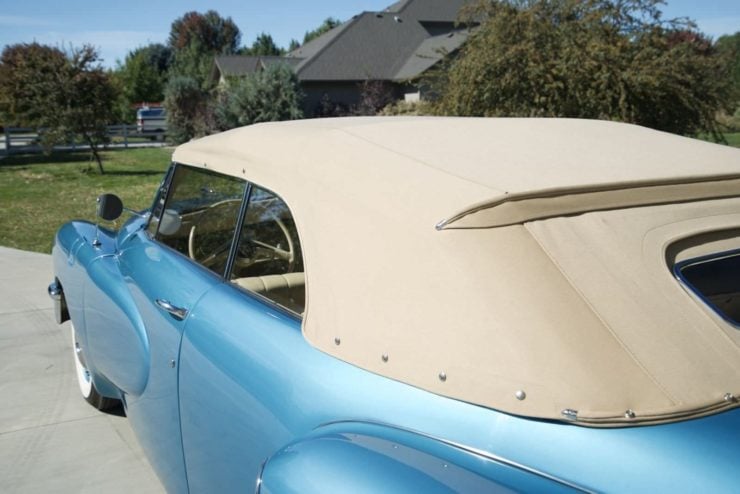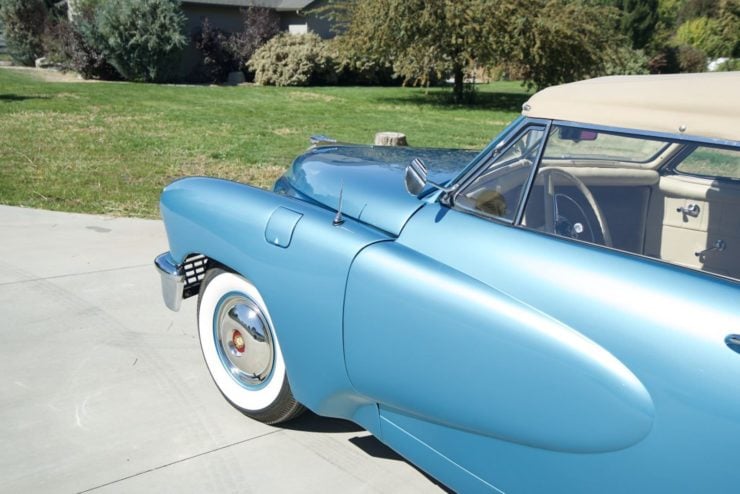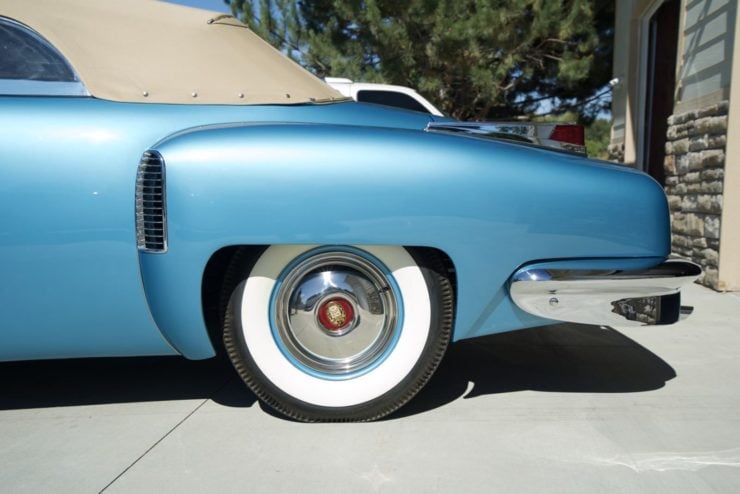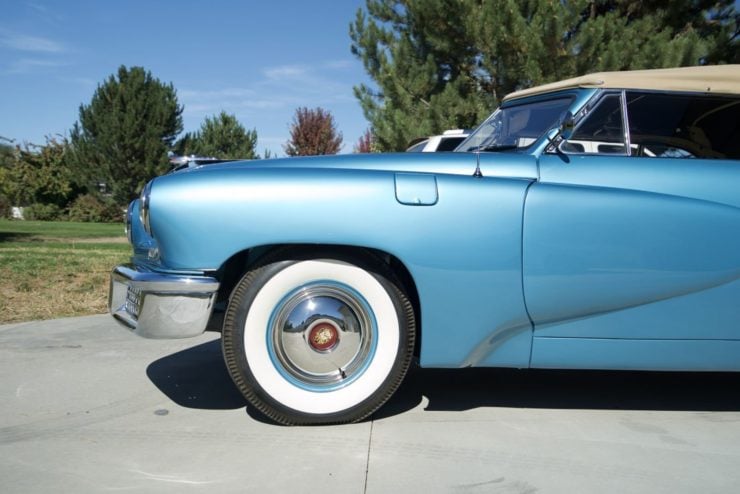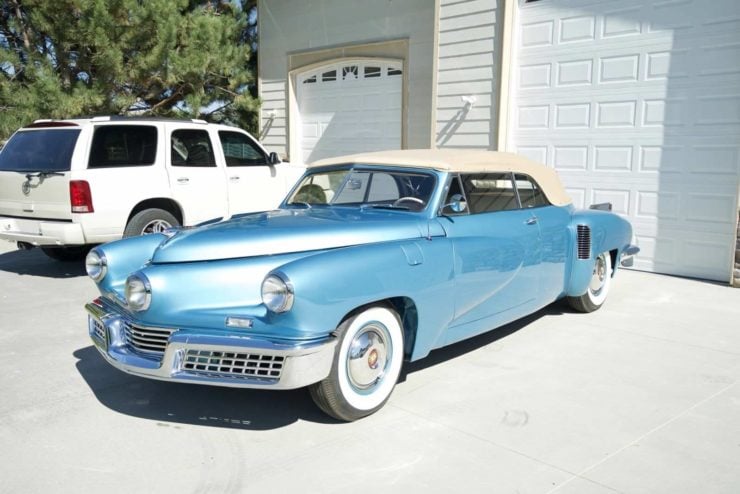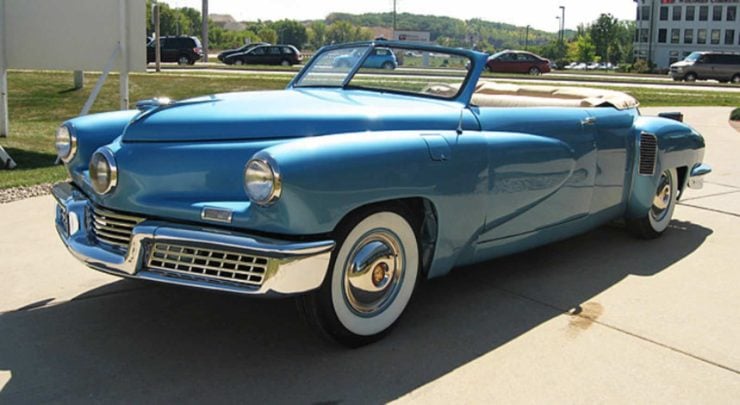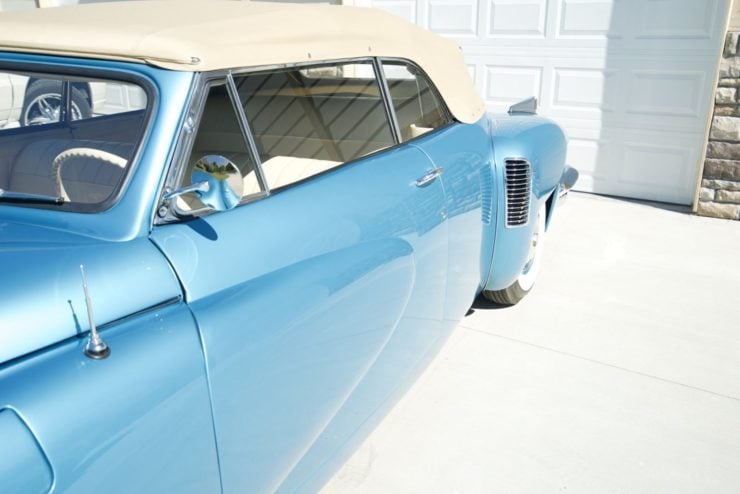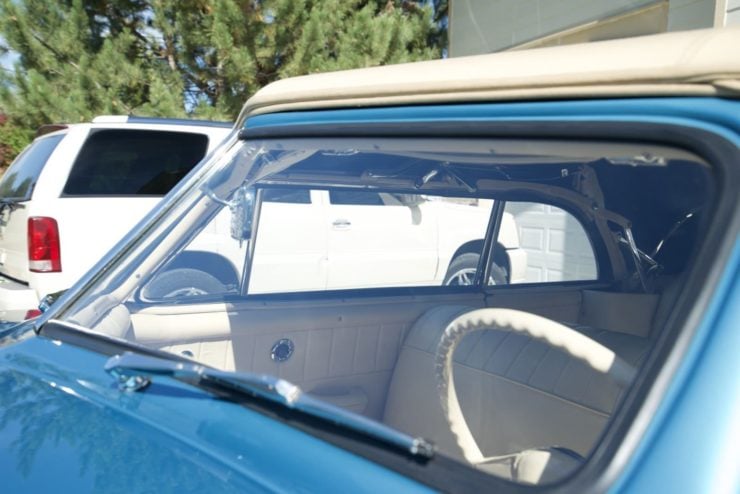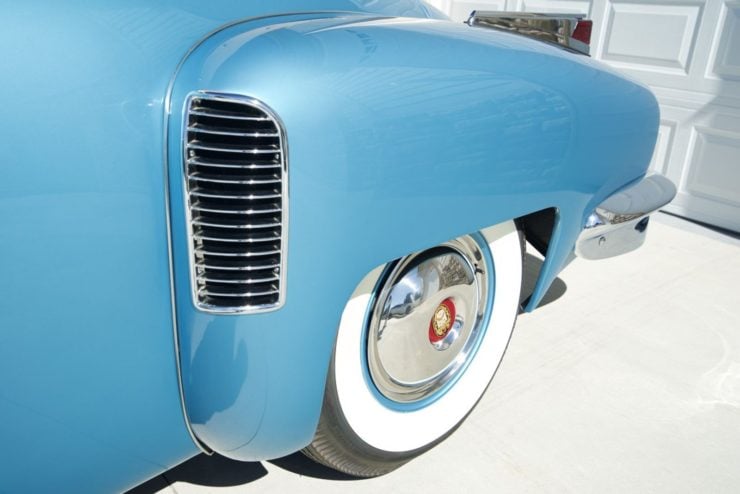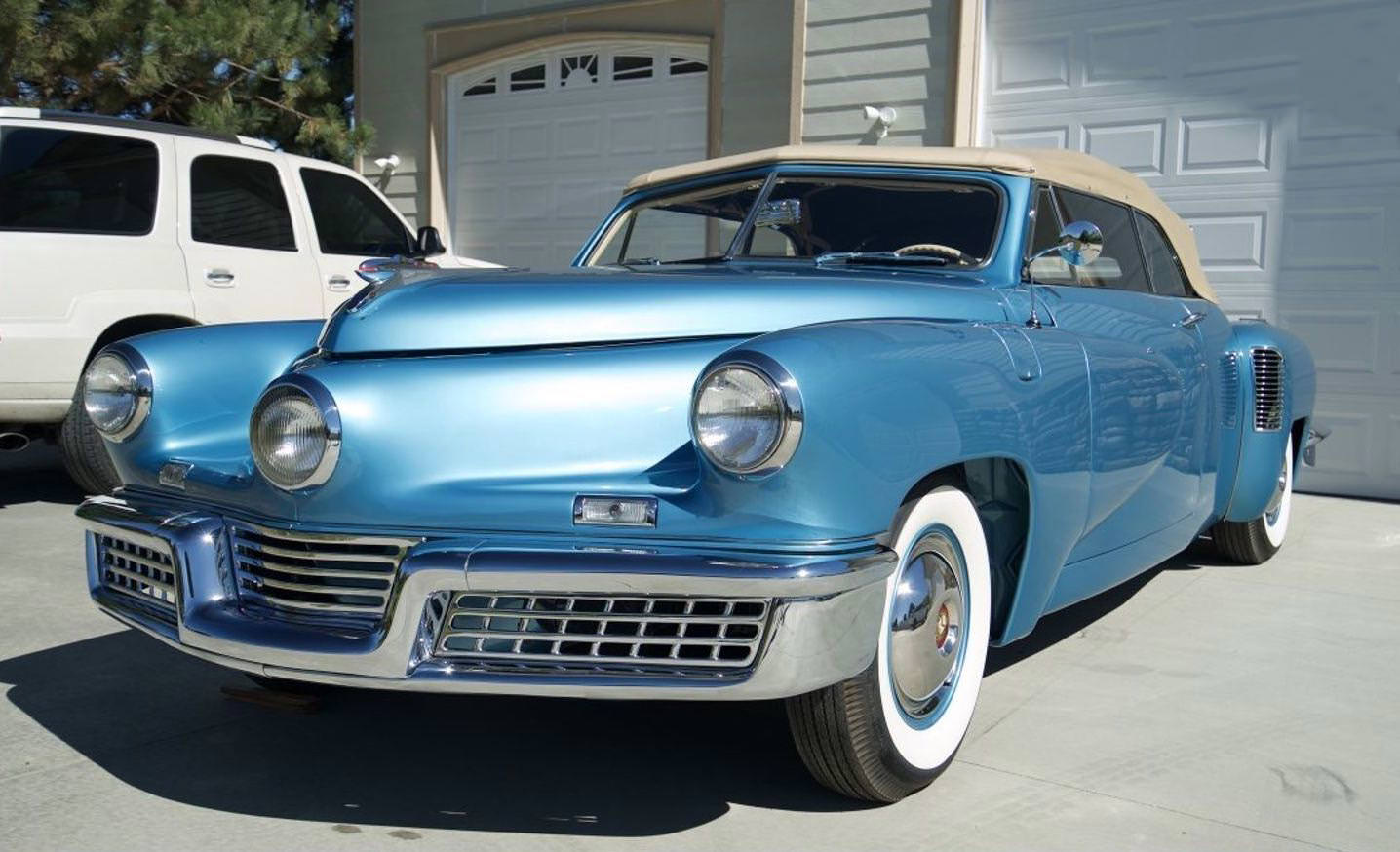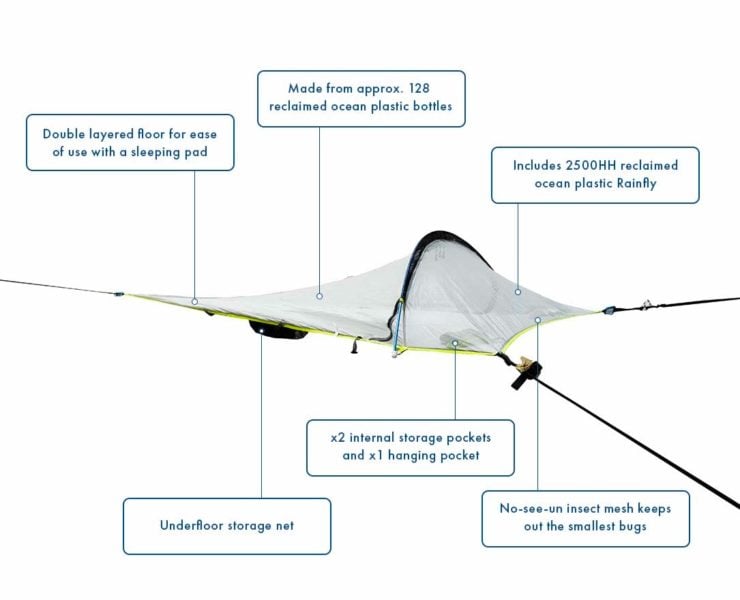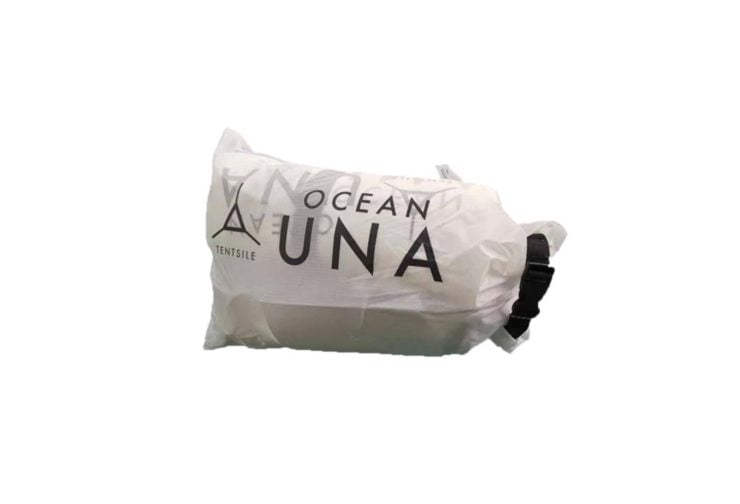The Toyota Corolla AE86 is one of the most influential of Japan’s many modern classics. The car played a pivotal role in the establishment of drifting as a sport, it became a multi-championship winning race car, and today it enjoys a cult following around the world.
The AE86 became a Japanese pop culture icon thanks to its inclusion in the Initial D anime and manga series. The car was used by the character Takumi Fujiwara, a street racer and tofu delivery driver on whom the series is based.
Fast Facts – The Toyota Corolla AE86
- The Toyota Corolla AE86 is the two-door, rear-wheel drive version of the Toyota Corolla E80 – the fifth generation of the popular economy car.
- Unlike the majority of E80 variants (and the Corolla variants that would follow), the front-engine/rear-wheel drive layout of the AE86 combined with its near 50/50 weight distribution and low curb weight made it ideal for performance driving.
- The AE86 would win the 1986 European Touring Car Championship Manufacturer’s Title, the British Touring Car Championship in 1986 and 1987, and a slew of other race and class wins around the world.
- The car you see here is a 1987 Toyota Corolla AE86 that has had a recent £20,000 restoration. It’s finished in a red over black two-tone with Minilite-style wheels and four front-mounted spotlights.
Initial D + Takumi Fujiwara
In 1995 the Initial D manga (graphic novel) first appeared in print in Japan, it was written and illustrated by Shuichi Shigeno and it rapidly exploded in popularity across Japan. By the time the series ended in 2013 there had been 719 individual chapters across forty-eight tankōbon volumes.

This cover of an Initial D manga shows both the now-famous Sprinter Trueno and lead character Takumi Fujiwara.
The Initial D anime (animated) series began appearing on television in 1998, the full catalog now includes individual episodes and a number of feature films, with the most recent being released in 2022. The series is showing no signs of losing its popularity.
Both the manga and the anime Initial D feature the Sprinter Trueno AE86 driven by lead character Takumi Fujiwara. The car has a white over black two tone paint job and black alloy wheels, many clones of the car have been made over the years as a result, but the series has significantly lifted the values of all AE86s worldwide.
Keiichi Tsuchiya – The Drift King
Keiichi Tsuchiya is a Japanese racing driver who is perhaps best known today for his work popularizing drifting as a form of motorsport. Tsuchiya himself drives a Toyota AE86 Sprinter Trueno and large parts of the central Initial D character Takumi Fujiwara was based directly on him.
Tsuchiya worked closely with Shuichi Shigeno, the creator of Initial D, as a consultant and he would later work as a stunt coordinator and stuntman on The Fast and the Furious: Tokyo Drift.
Above Video: This onboard footage of Keiichi Tsuchiya behind the wheel of his own AE86 gives fascinating insight into his unique driving style.
Although Tsuchiya is best-known for his drifting and touge driving he also enjoyed a significant amount of success in more traditional forms of motorsport – he finished 2nd in the 2001 All Japan GT Championship and he’s a two-time 24 Hours of Le Mans class winner.
The Toyota AE86 – Corolla Levin + Sprinter Trueno
The AE86 was released in two major variants, the Corolla Levin and the Sprinter Trueno. The key difference between these two cars is their lights, the Trueno has pop-up headlights and the Levin has fixed headlights.
There are a number of other smaller differences of course, but the headlights are the easiest way to tell the two cars apart. In Initial D the character Takumi Fujiwara drives a Sprinter Trueno, as does real-life racer Keiichi Tsuchiya, though both models have enjoyed a significant boost in value and desirability as a result.
The Levin and Trueno were released in parallel in 1983 (as 1984 model year cars) and built until 1987. They were offered in two major body styles, two-door coupe and three-door lift back, and in the Japanese market they were fitted with the DOHC 4A-GE 1.6 liter engine.
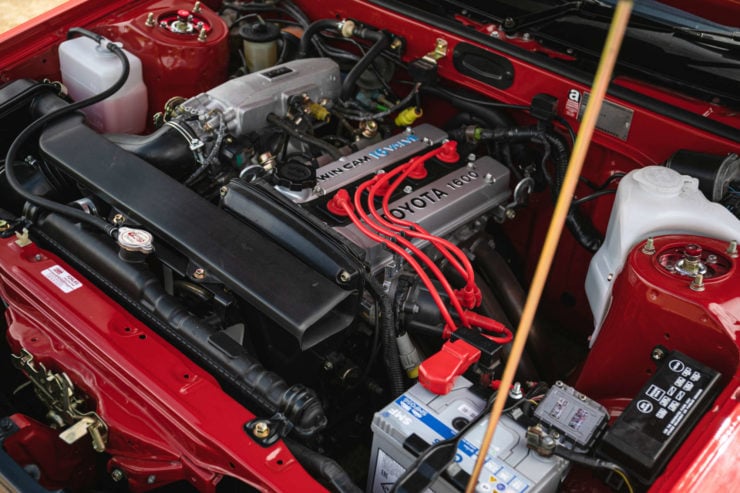
This is the Toyota 4A-GEU inline-four cylinder engine, it has twin cams, fuel injection, 16 valves, and a head developed by Yamaha. Depending on version it would originally have been making approximately 130 bhp and 110 ft lbs of torque.
A number of different versions of this engines were used depending on year, model specification, and market. Most cars were fitted with a 5-speed manual although some got the less-desirable 4-speed automatic.
Power wasn’t breathtaking in stock trim, Japanese market cars made approximately 130 bhp with 110 ft lbs of torque. The engines are highly tunable though, with strong aftermarket support, and many now produce well over 150 bhp as a result.
The AE86 enjoys nearly perfect 50/50 weight distribution and a very low curb weight of somewhere in the region of 900 – 980 kgs (1,984 – 2,160 lbs).
The 1987 Toyota Corolla Levin AE86 Shown Here
The car you see here is a 1987 Toyota Corolla Levin AE86, it’s finished in a red over black two tone paint job and it features Minilite-style alloy wheels and four front-mounted spotlights.
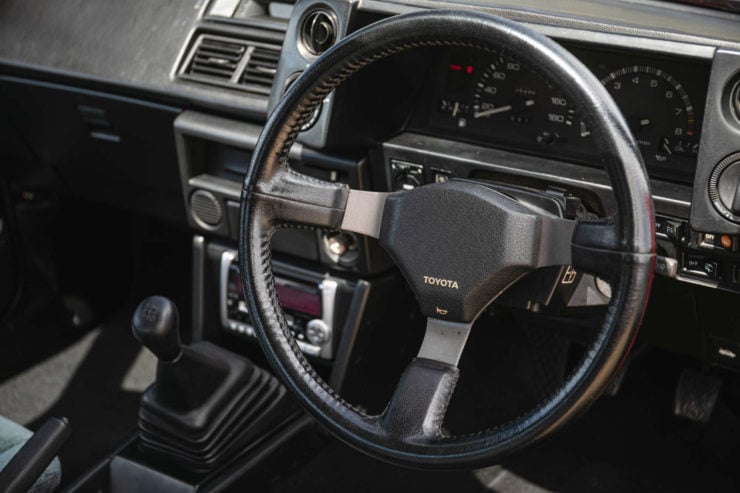
Thankfully the interior of this car remains largely original, it has managed to avoid the addition of aftermarket items like steering wheels, seats, and gear knobs.
This Corolla Levin AE86 was restored recently at a cost of £20,000, or approximately $24,200 USD, and as you would expect it’s powered by the legendary DOHC 4A-GE 1.6 liter engine with power sent to the rear wheels via a 5-speed manual transmission and a limited slip differential.
Modern Japanese classics like the AE86 are only increasing in popularity, so much so that in 2012 Toyota announced the all-new Toyota GT86, a modern 2+2 sports car that was directly influenced by the AE86 from the 1980s.
If you’d like to read more about this car or register to bid you can visit the listing here on Silverstone Auctions.
The car is due to roll across the auction block on the 27th of August in England with a price guide of £40,000 – £50,000, or roughly $48,500 – $60,600 USD.
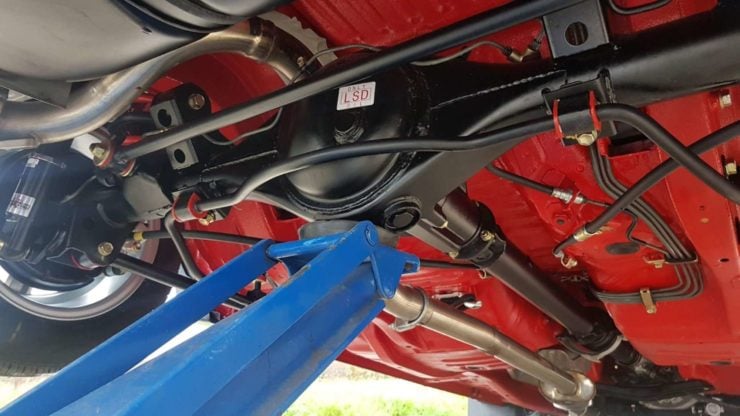
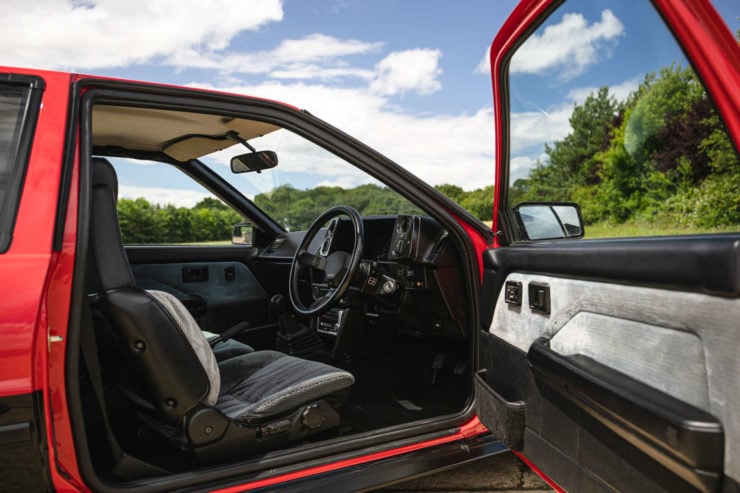
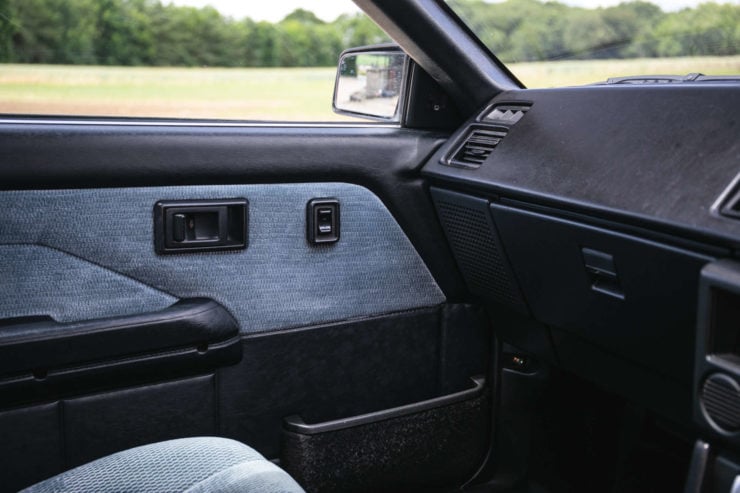
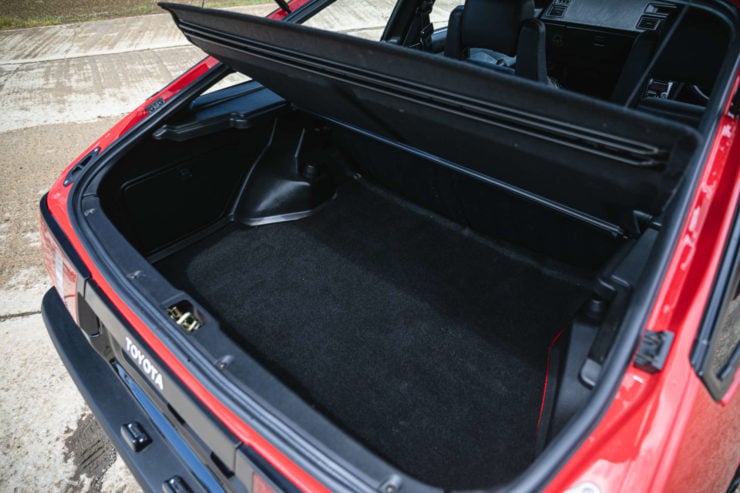
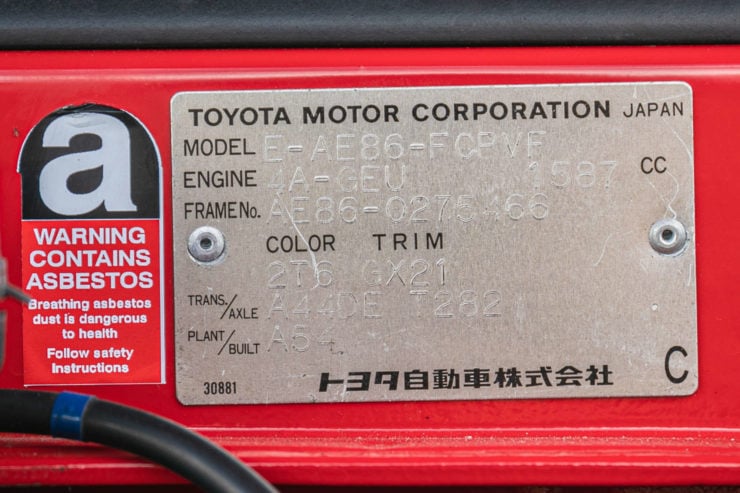
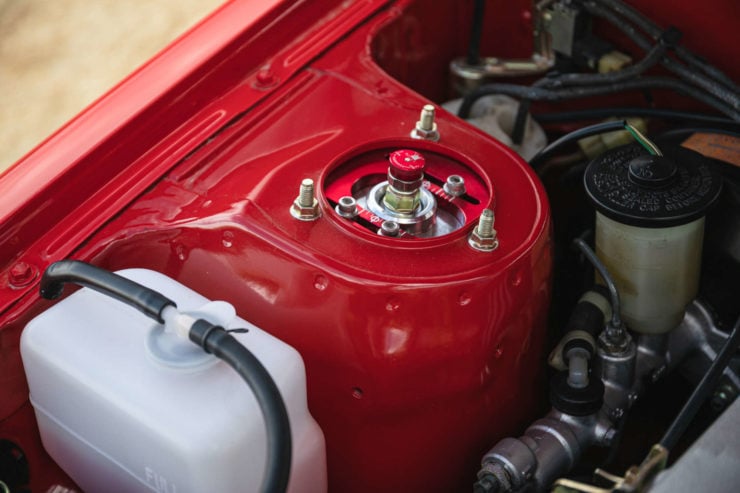
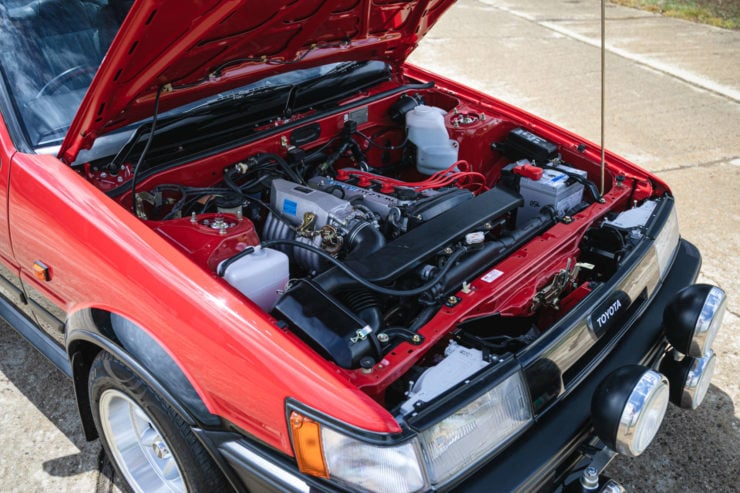
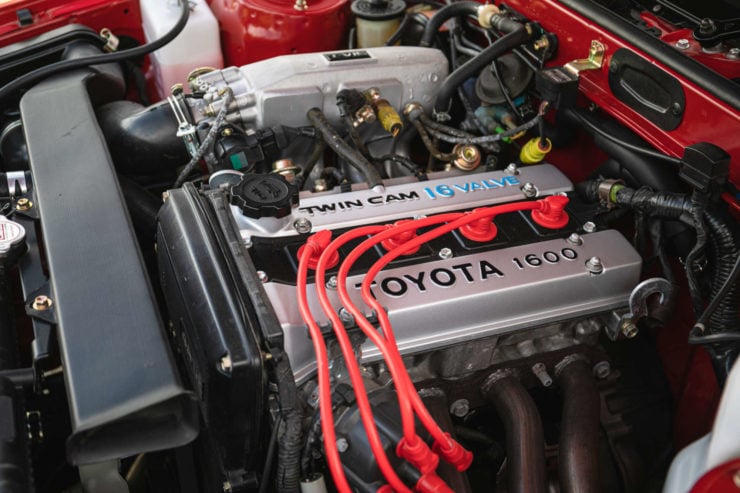
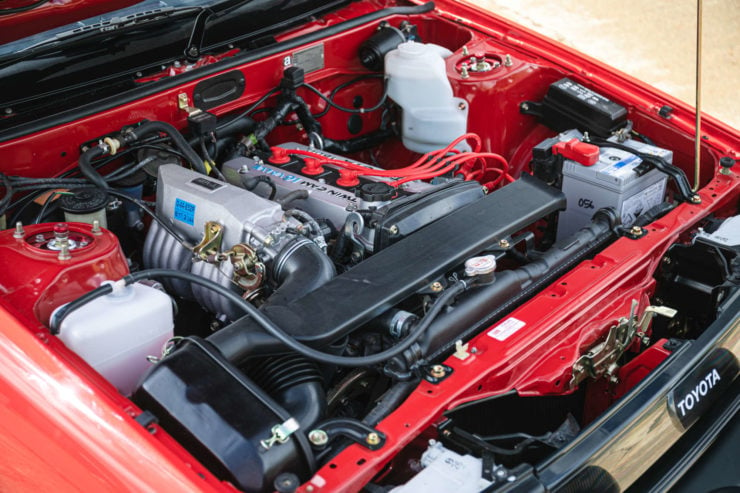
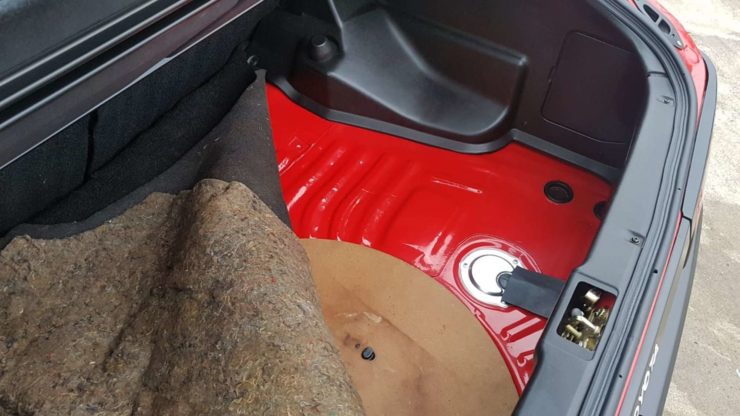
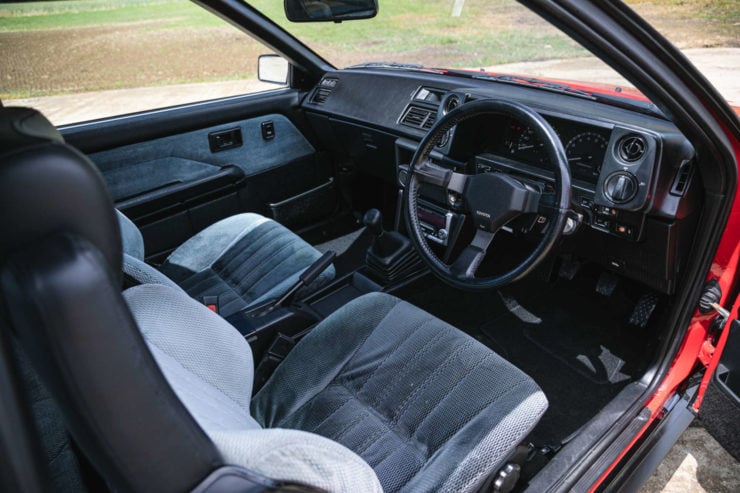
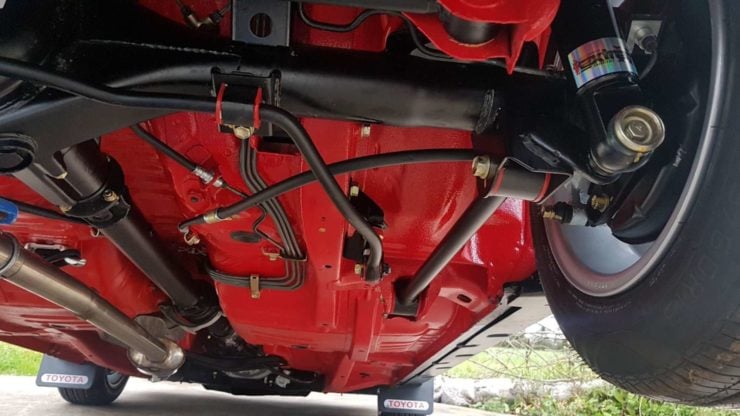
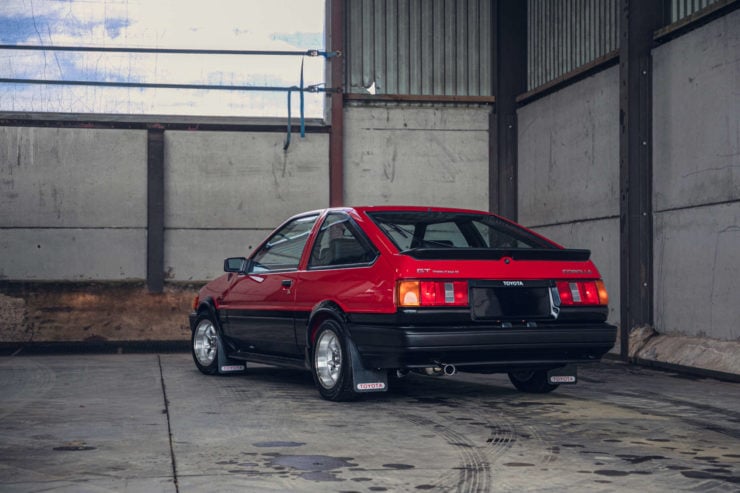
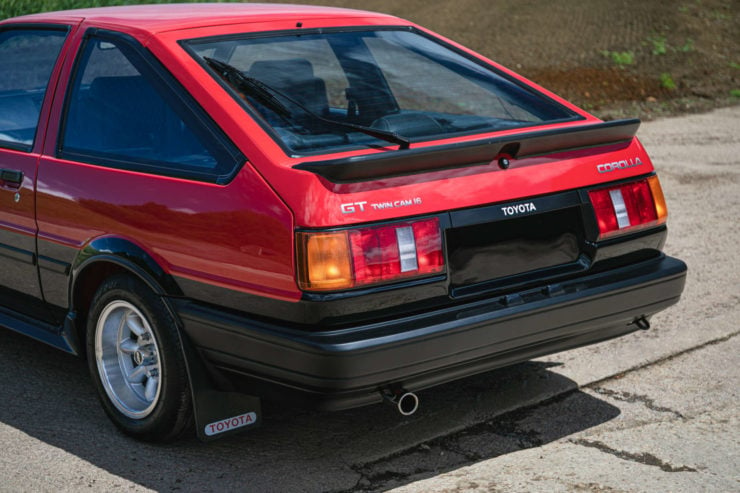
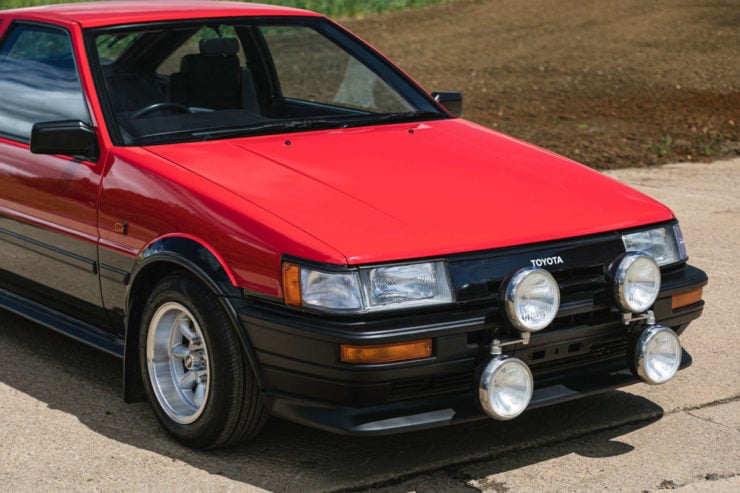
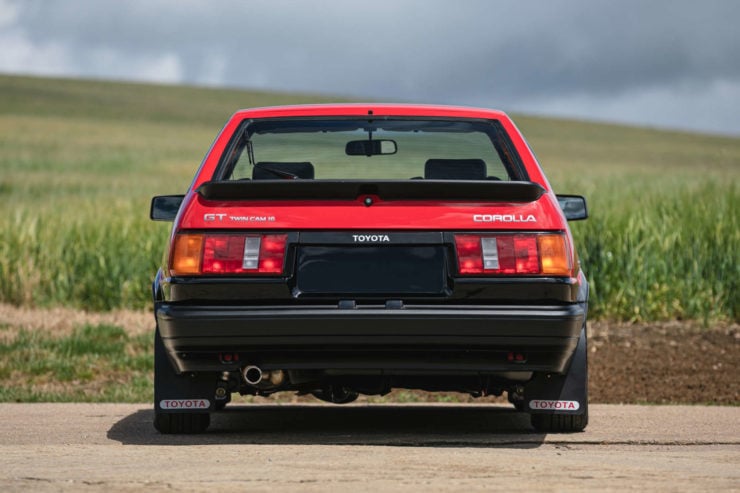

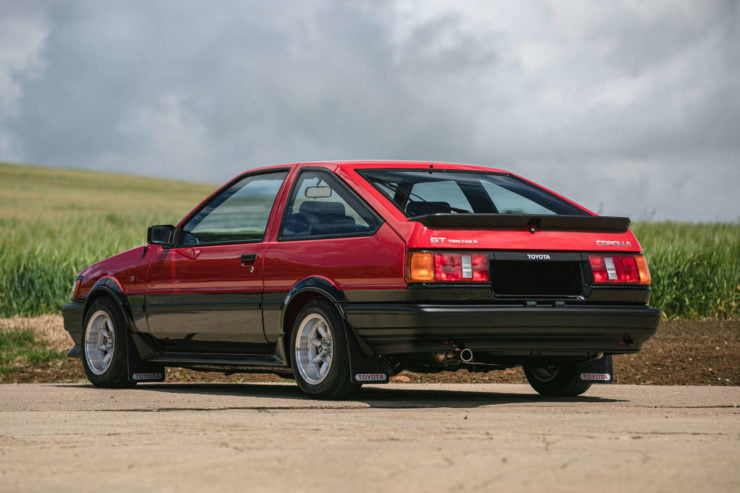
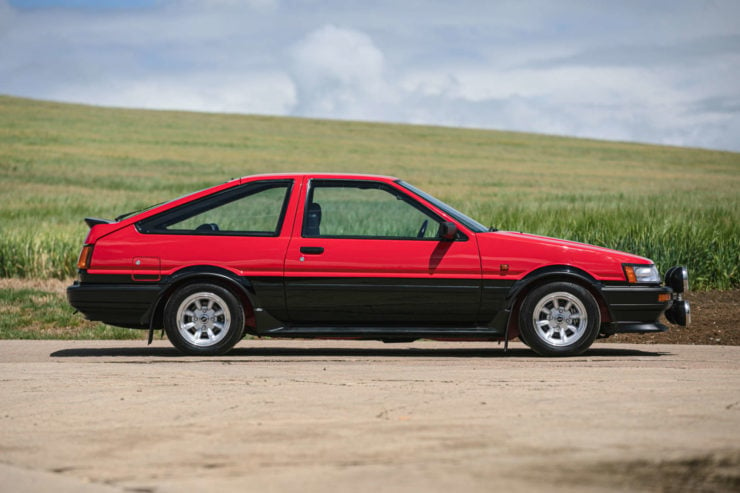
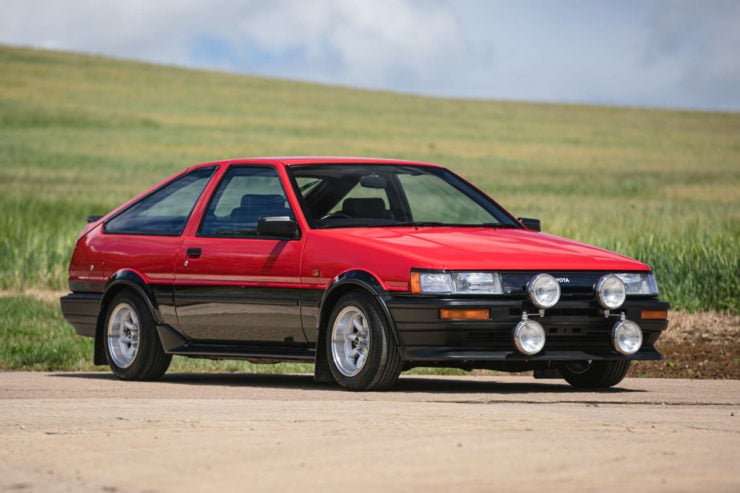
Images courtesy of Silverstone Auctions

The post For Sale: A Restored 1987 Toyota Corolla AE86 Twin-Cam appeared first on Silodrome.
from Silodrome https://silodrome.com/toyota-corolla-ae86/
via gqrds
